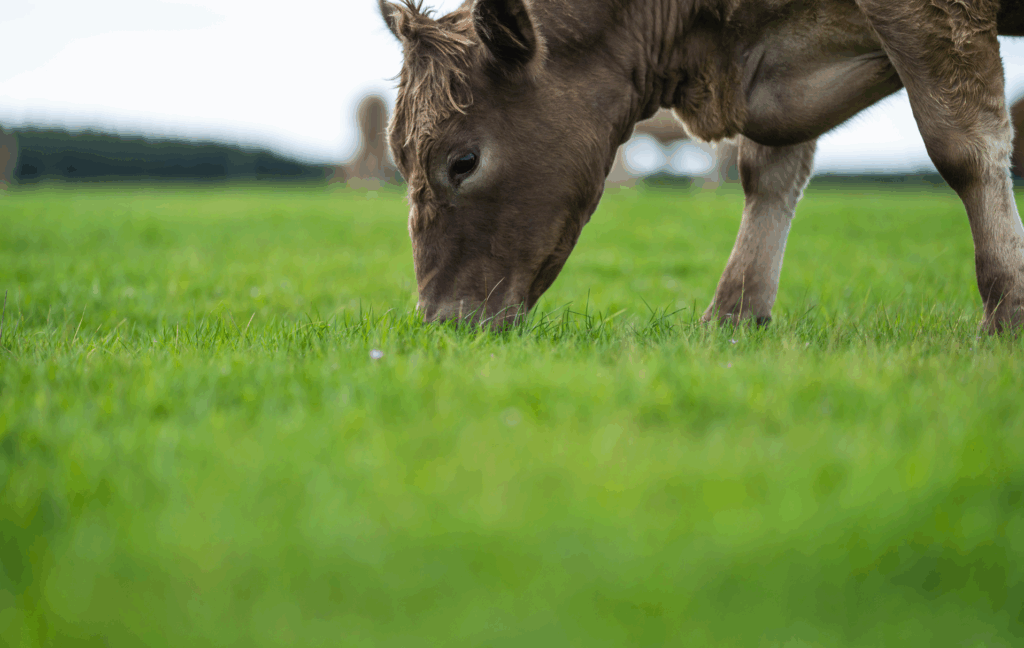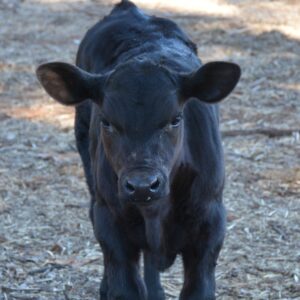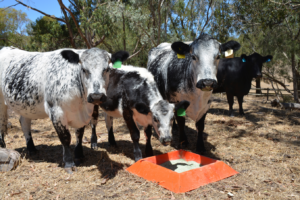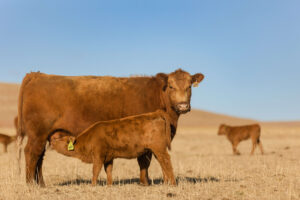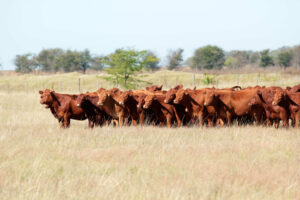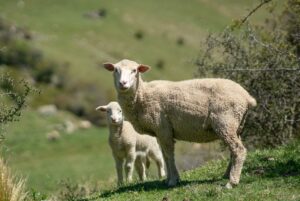Grass tetany – or “magnesium deficiency” – is a serious and sometimes deadly condition that affects cattle and sheep, especially in southern Australia during the lush, green flush of spring.
It happens when animals don’t get enough magnesium from their feed. Magnesium is vital for keeping muscles and nerves working properly. When it drops too low, stock can become jumpy, uncoordinated, go down suddenly – and sadly, many don’t recover.
When Are Animals Most at Risk?
- Early Spring: Fast-growing green grass and oats might look great, but they’re often low in magnesium – especially if heavily fertilised.
- Grass vs. Legumes: Clovers and lucerne are higher in magnesium than grasses or cereals, so paddocks heavy in grass can be riskier.
- After Fertiliser Use: Pastures boosted with nitrogen or potassium fertiliser are more likely to cause problems. These nutrients can reduce the plant’s magnesium and how much animals absorb.
- Stress Matters Too: Calving, lambing, sudden cold snaps, or moving stock can all trigger grass tetany – even if magnesium levels are borderline.
Prevention is Key
The good news? It’s preventable.
A good-quality mineral lick with added magnesium – like Supplamins MidMag, Hi-Mag or Blueprint SuperMag – can help balance out deficiencies and reduce the risk. Offering it as a free-choice lick gives your stock the chance to top up when they need it.
Not sure how to use a loose mineral lick? There are many benefits to supplying mineral in the form of a loose lick, including better intakes. Check out our Loose Mineral Lick Supplementation Guide here.
Keeping a close eye on your stock and providing the right mineral support can save you time, money – and animals – during those critical high-risk times.
Questions? Give us a call on 1800 649 231 or use the contact form.
There are also many industry resources available & downloadable – including Sheep Diseases – The Farmers’ Guide: https://pir.sa.gov.au/__data/assets/pdf_file/0005/289265/sheep-diseases-farmers-guide.pdf


